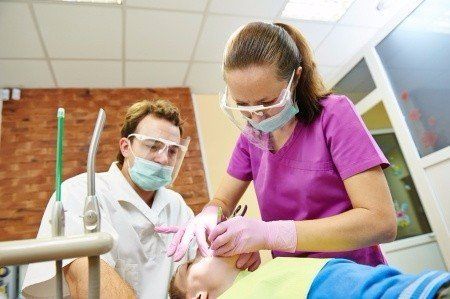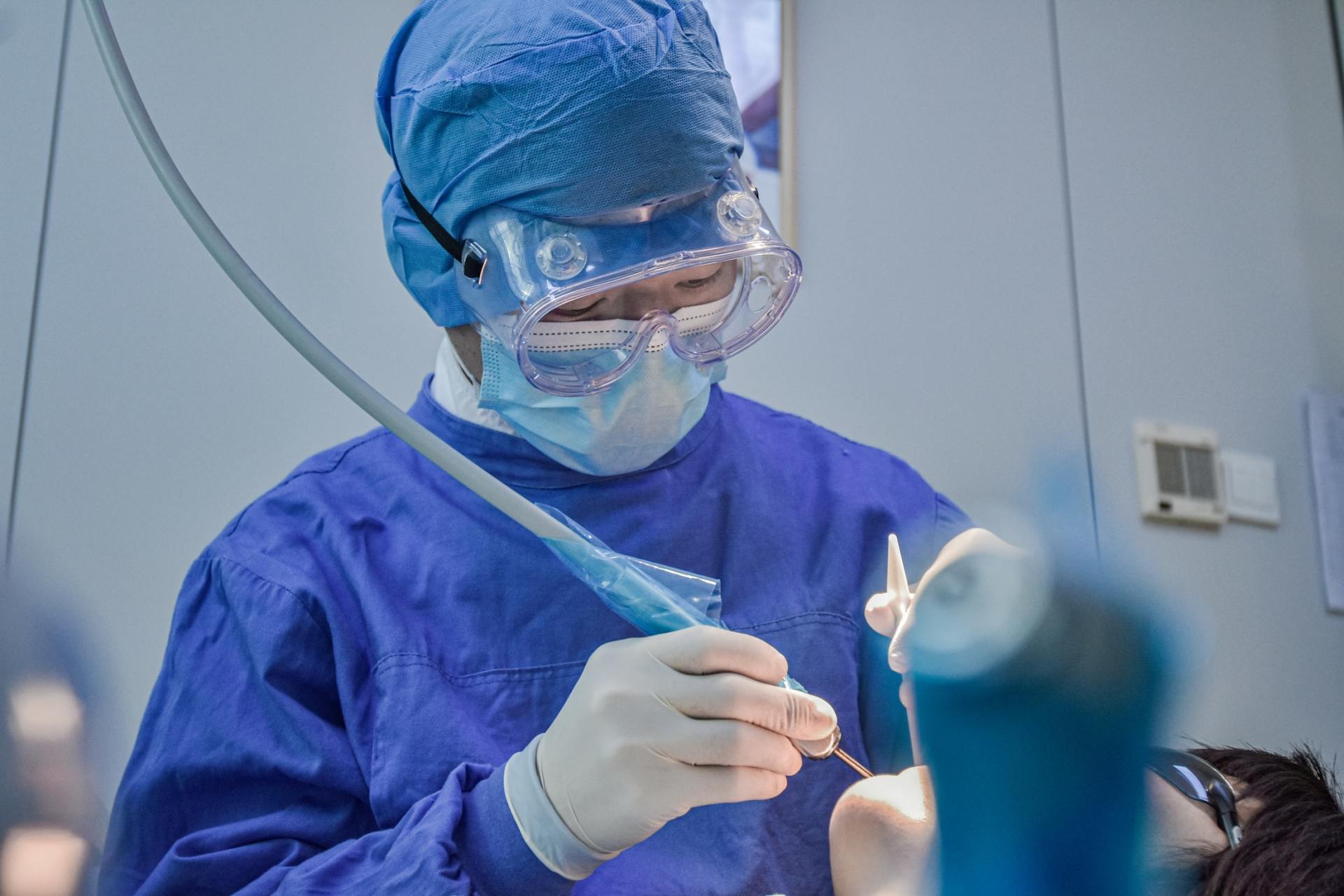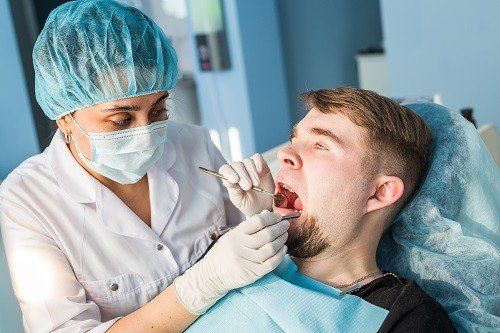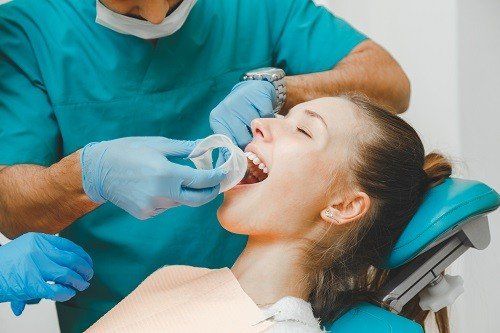Dental Sedation Techniques for Kids
Going to the dentist can be very nerve-racking for children,
especially if it’s their first time, and many of them may not be able to sit
still long enough for their treatment. Some dentists recommend giving children medication
that will help them relax and make them sleepy, which is called “conscious
sedation.”
This can help children relax, maintain their reflexes, and keep them responding to voice and stimulation. Conscious sedation can be used if a child requires a lot of dental work or if the child has special needs, and there are different types to suit your child. It can be administered by inhaling gas, swallowing medicine in syrup or pill form, receiving it through a shot, or receiving it through a vein.
Nitrous Oxide
Nitrous oxide, also known as laughing gas, is used on children who are mildly/moderately anxious. Mixed with oxygen, nitrous oxide is delivered through a mask where children are asked to breathe through their nose and not their mouth. The effects of the gas wear off quickly. Afterwards, the doctor may give the child oxygen to flush out the remainder of the gas.
Sometimes, the gas can make children nauseous, and if parents do go this route, it would be best if the child had a light meal before the appointment. If the child is congested or cannot breathe through the nose well, nitrous oxide will not be very affective.
Oral Sedation
Oral sedation is used for more anxious children who need something stronger than laughing gas. The dentist takes in the child’s anxiety level, ability to cooperate, and treatment. With oral sedation, the child will be sleepy but can be aroused and respond to simple commands. Nausea and vomiting can be side effects of this medication, and the child may need to be carried home after the dentist has properly observed the child to ensure swift recovery.
General Anesthesia
Sometimes, dental procedures require more than conscious sedation and for a child to be completely under with general anesthesia, which is usually done in a hospital. This is for children who cannot be awake for dental treatment to be performed safely, such as if they can’t relax or calm down even with conscious sedation, or they need oral surgery or a lot of dental work best performed in one visit.
There are risks, and meeting with the anesthesia team will help you understand the risks associated with the procedure. The proper rules need to be followed prior to the surgery, such as no eating or drinking after midnight the day before the surgery.
Knowing what sedation your child requires is important, and it’s
something you can find out easily by asking questions of your dentist to make
sure the child has a worry-free visit.
If you are still paying too much for your dental care, check out the Wellness Dental Plan. We offer individual, business, and family discount dental plans. For more information, please click here.
Copyright: http://www.123rf.com/profile_kadmy
kadmy
/ 123RF Stock Photo











